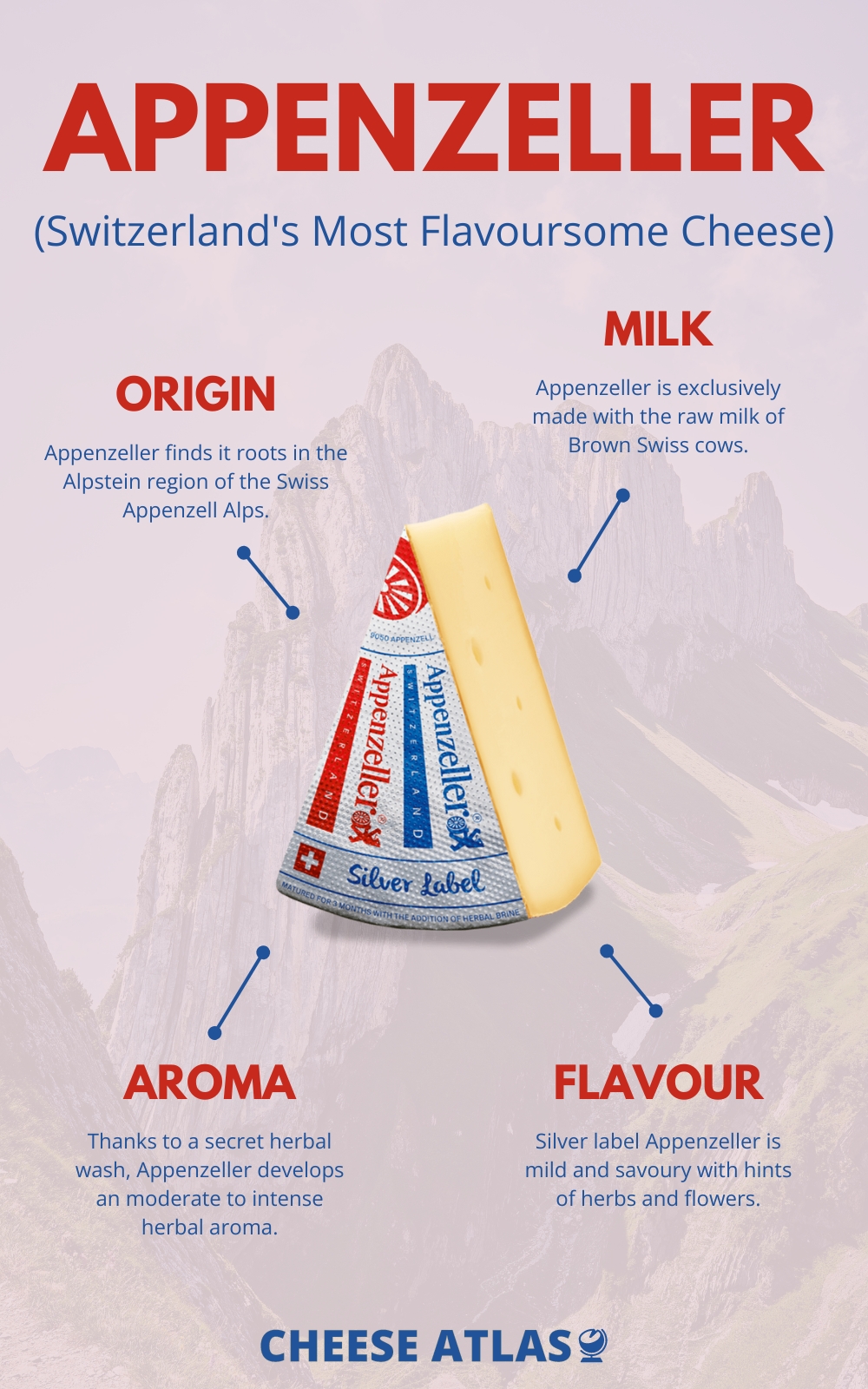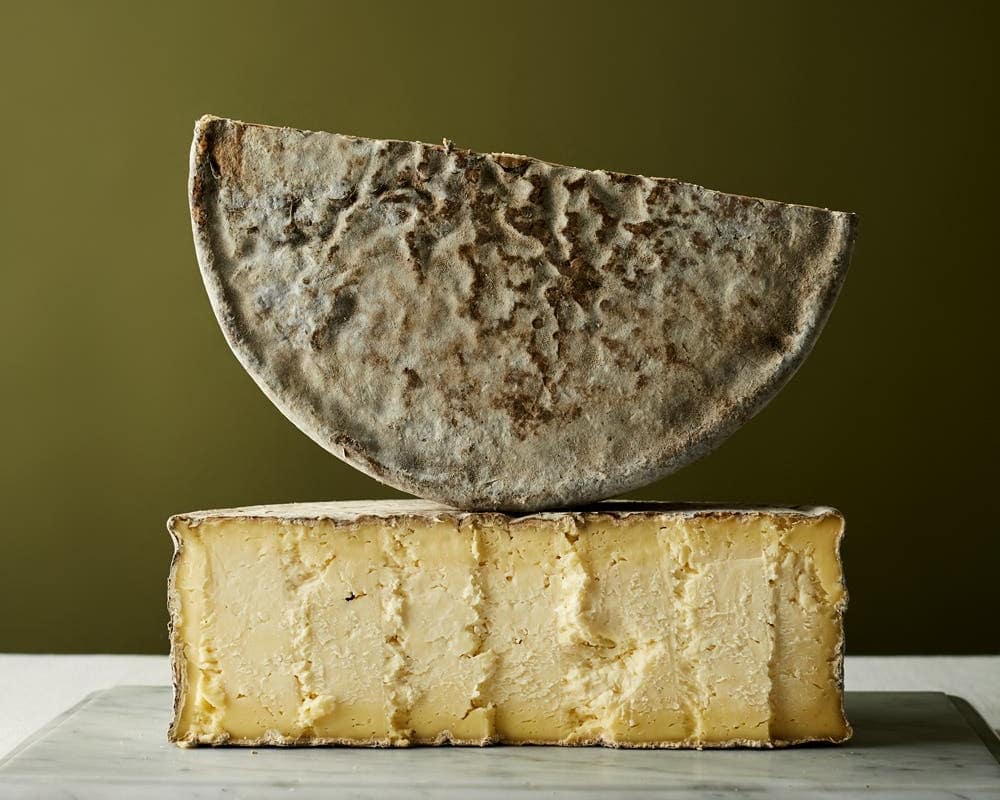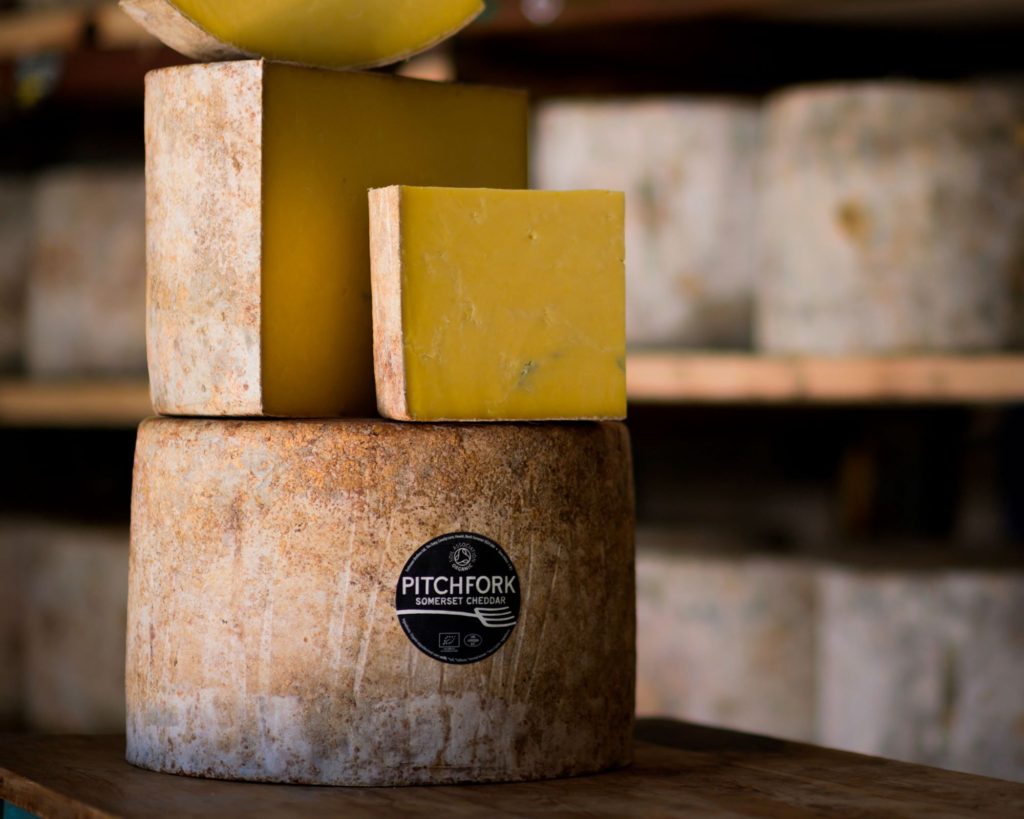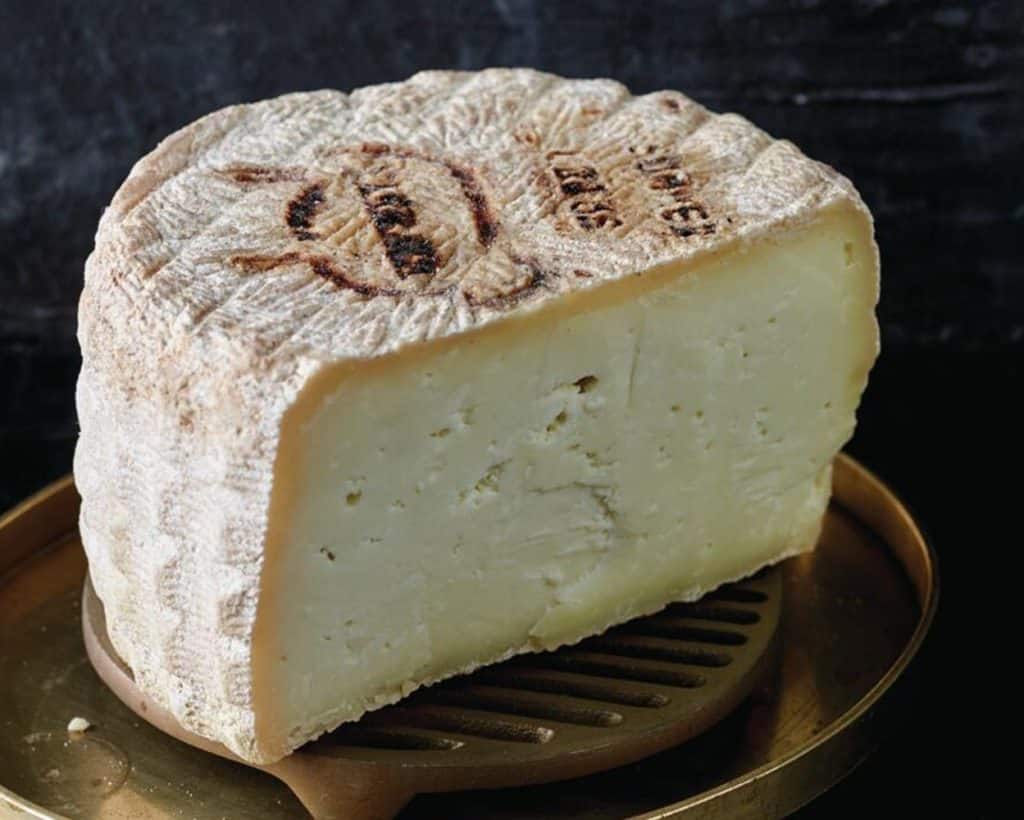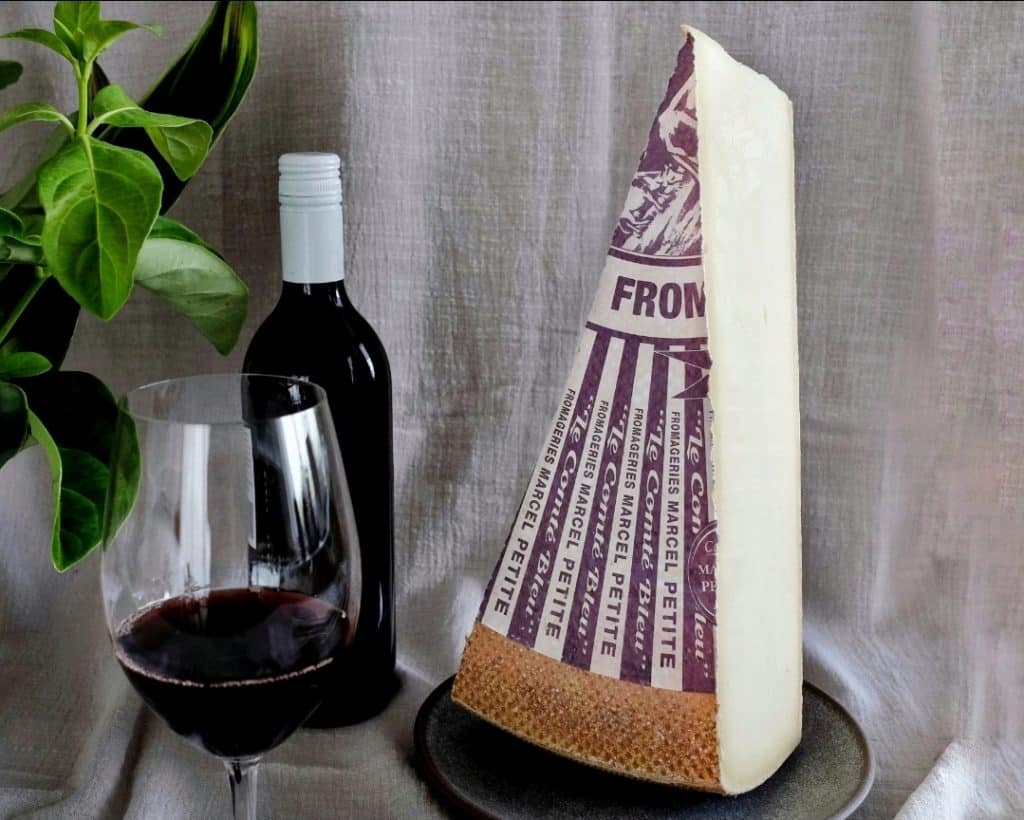Appenzeller is a pressed cooked mountain cheese that comes from the Swiss Alps. In fact, it is often referred to as Switzerland’s tastiest cheese.
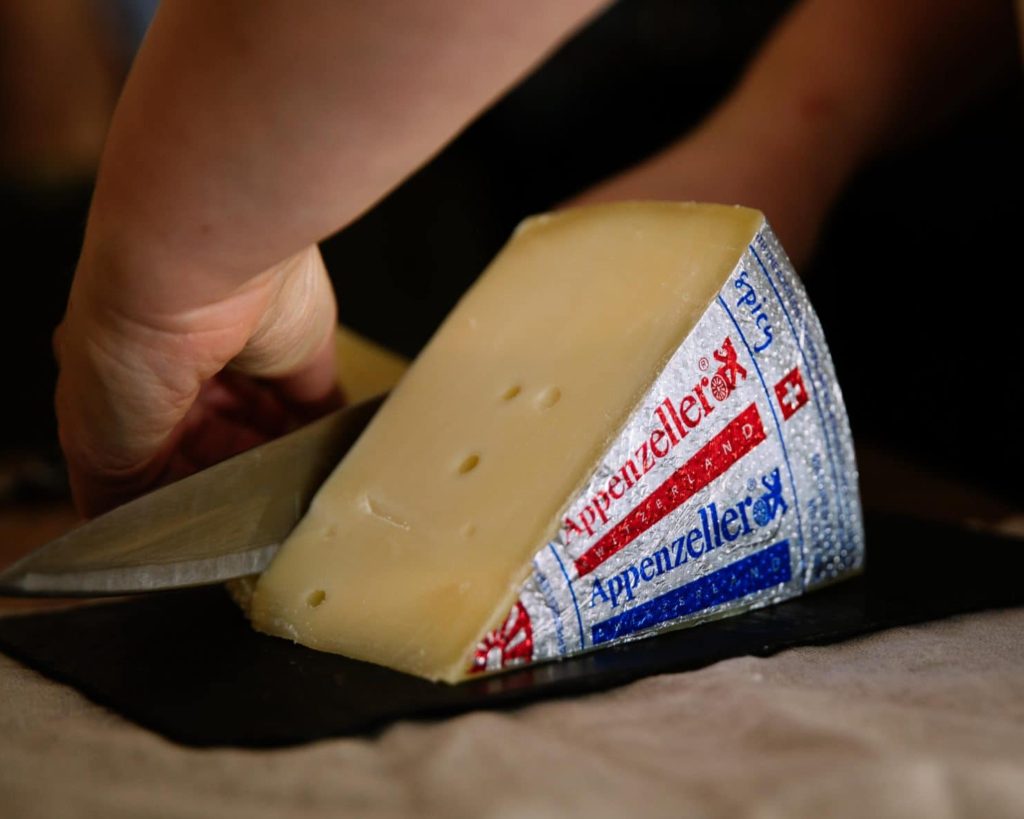
What is Appenzeller?
Appenzeller is a pressed cooked cheese that finds it roots in the Alpstein region of the Swiss Appenzell Alps. Switzerland is renowned worldwide for its incredible range of raw milk, mountain cheeses. And they don’t get any more flavoursome than this particular traditional cheese.
The Alpstein terroir
There are many elements that contribute to the unique aroma, texture and flavour of this cheese. The Alpstein terroir owes it particularities to the unpredictable weather and crystal clear waters that trickle down into its lush pastures.
Moreover, the fresh air allows endless varieties of grass, herbs and flowers to flourish on the mountainside.
Made with raw milk
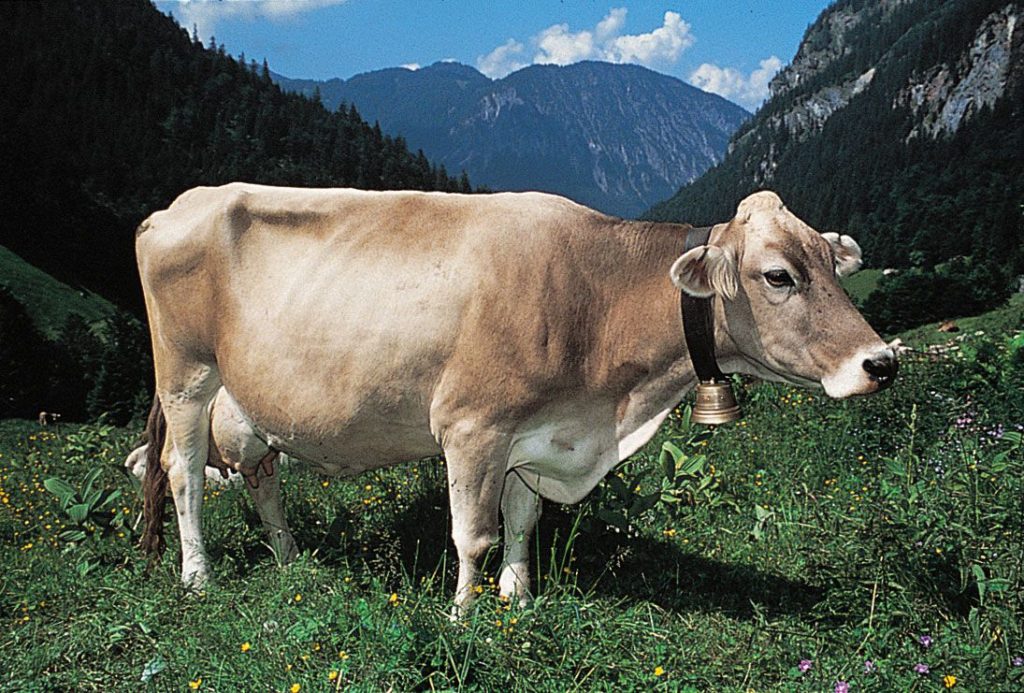
Local cheesemakers exclusively use the raw milk of local Brown Swiss cows to make this flavoursome Swiss cheese.
Furthermore, the cows graze outdoors throughout the summer months. During winter, the farmers feed them rich hay and silage is prohibited. As a result, their milk celebrates the exceptional terroir of Alpstein.
How is Appenzeller made?
Local artisans have been making Appenzeller for more than 700 years. Presently, 45 small dairies make around 200 tonnes of Appenzeller every year. Compared to some other Swiss cheeses, this is actually a small amount.
After adding rennet to the milk, the cheesemaker transfer the curd to round moulds for pressing. Afterwards, they place the wheels in a salt water bath for up to 36 hours.
You can watch the entire production process in the video above.
How is Appenzeller matured?
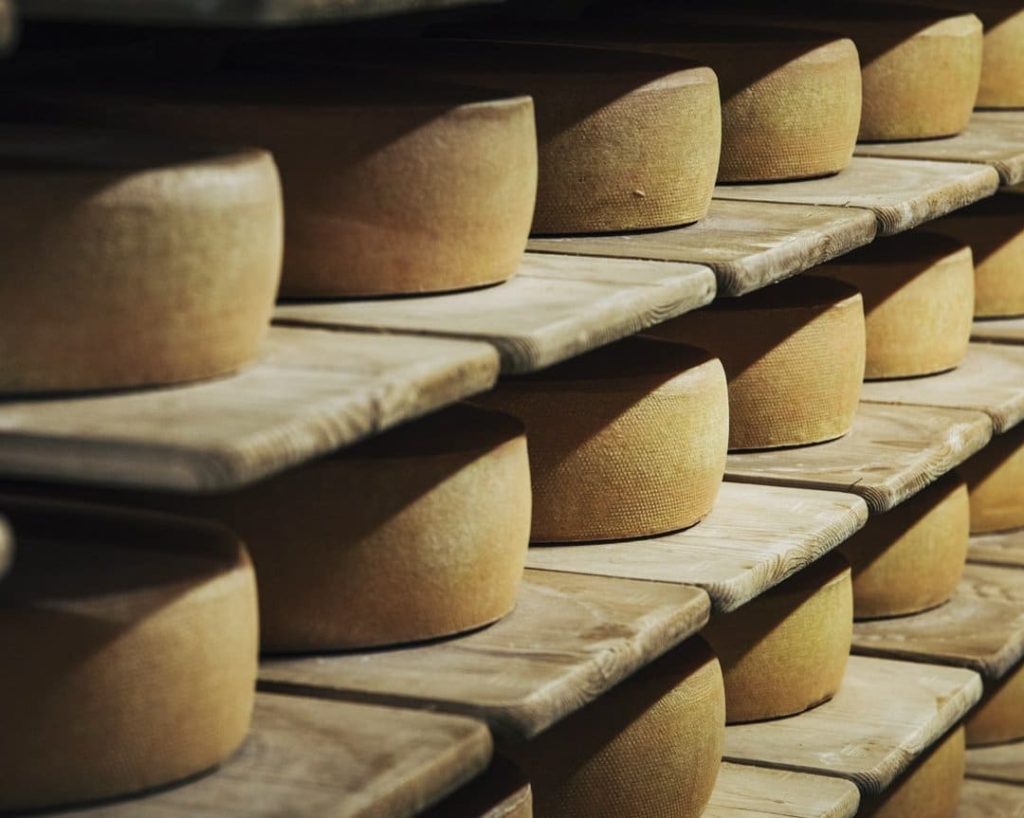
Surprisingly, the cheesemaker continues to look after the wheels for another 4-5 weeks in their own cellars. During this time, they regularly treat the cheese with a salt water mixture which gradually forms the natural rind.
The secret herbal wash
After 5 weeks, the wheels are transferred an official Affineur from the Appenzeller Cheese Dealers Association (AKHV). This is where the real magic happens.
Over the next 2-7 months, the affineur washes the cheese in a herbal solution once to twice a week. This solution is rich in herbs, roots, blossoms, seeds and rinds.
The exact recipe for this solution is a closely guarded secret. As a matter of fact, there are only two people currently in the whole world who are privy to the recipe.
The many colours of Appenzeller
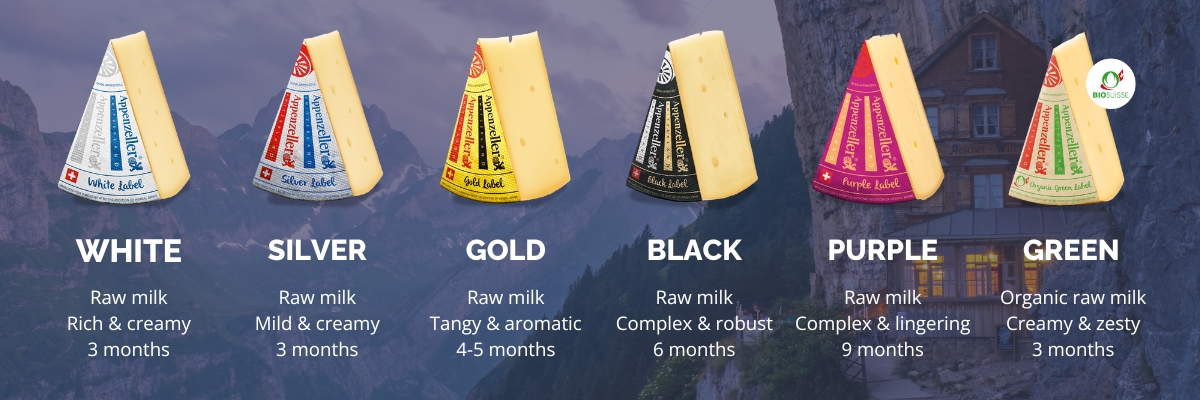
Appenzeller is released to the market at various stages of maturation. Actually, the Silver label is released at 3 months, Gold at 4-5 months, Black at 6 months and, finally, Purple at 9 months.
In addition to the different ages, there is also a White label (3 months and extra cream) and a Green label (made with organic milk).
What does Appenzeller taste like?
Due to the intense herbal wash, Appenzeller has quite a unique flavour. As the cheese ages, its flavour intensifies and gets more complex. Hence, at 3 months, a Silver label will be mild and savoury with hints of herbs and flowers. Also, its texture is supple and creamy.
On the other hand, at 9 months, the Purple label has intense flavours of herbs and spices. And its paste is firmer and dotted with scrumptious cheese crystals.
Cooking with Appenzeller
Unsurprisingly, Appenzeller is a very popular cheese for cooking in Switzerland and around the world.
Some great recipes that celebrate the cheese’s flavour include Quiche, Tarte Flambée, Farmer’s Rosti and Appenzell-style Stuffed Veal Cutlets.
How to serve Appenzeller
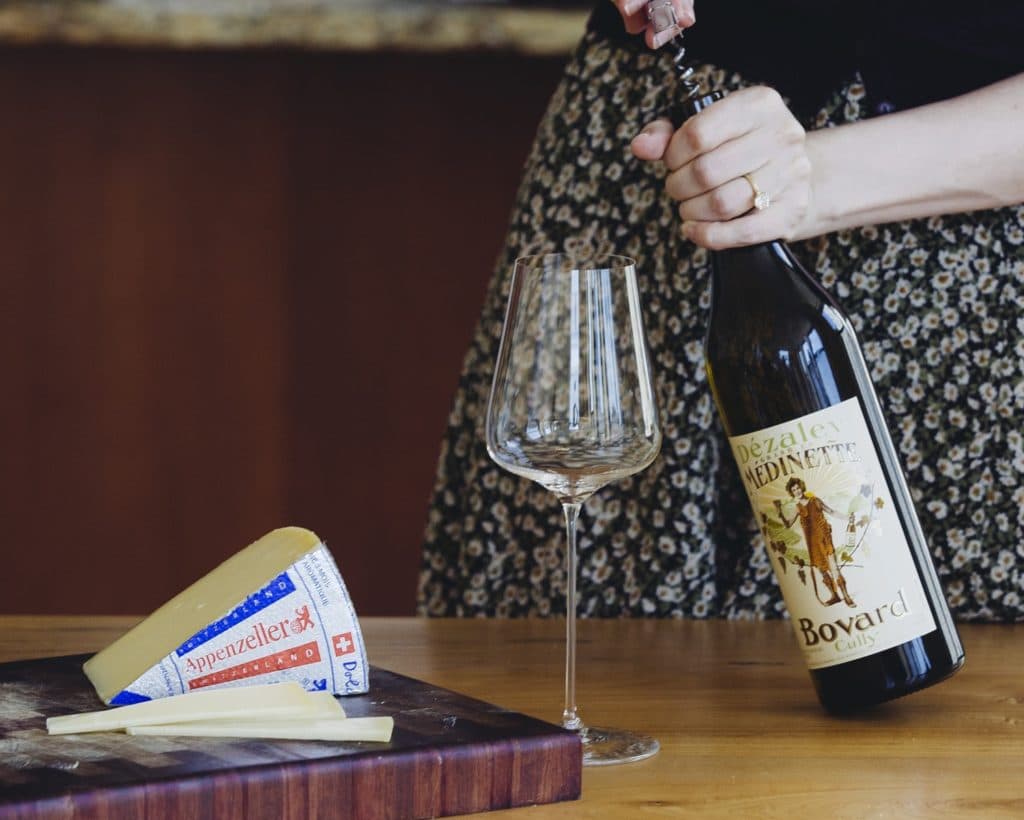
Appenzeller pairs beautifully with a fresh Riesling or even a hard cider. If you prefer red wine, choose a fruity variety such as a Pinot Noir or a Rhône. Add some sliced apple and pear to your plate, and you will be set.
If you are wanting to serve Appenzeller on a cheese platter, round it up with a soft cheese like Brie de Meaux and a mild blue such as Cashel Blue.
Substitutes for Appenzeller
Can’t get your hands on this spectacular Swiss cheese? Try Gruyère or Emmentaler for a slightly milder flavour. Or a Swiss Raclette for cooking.
